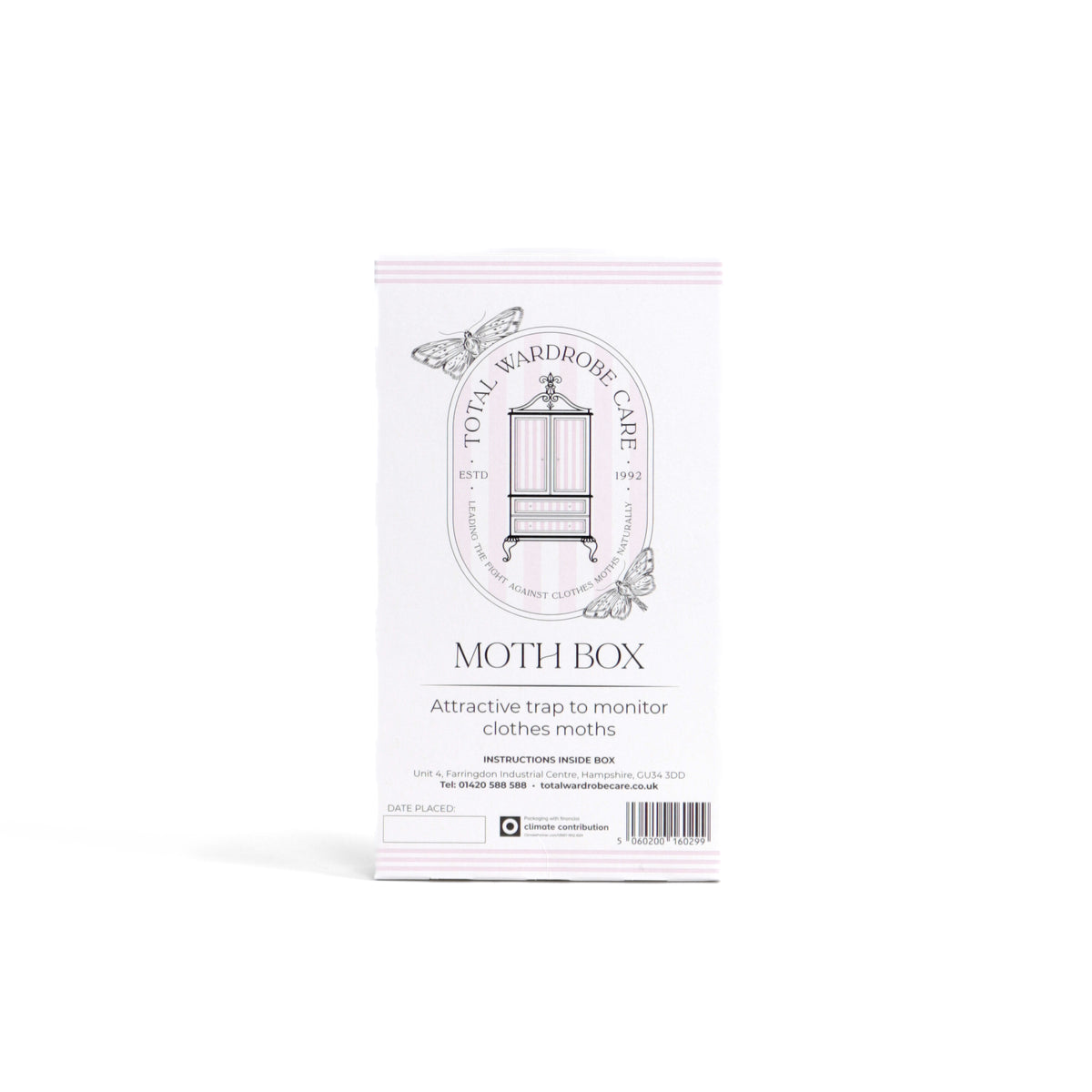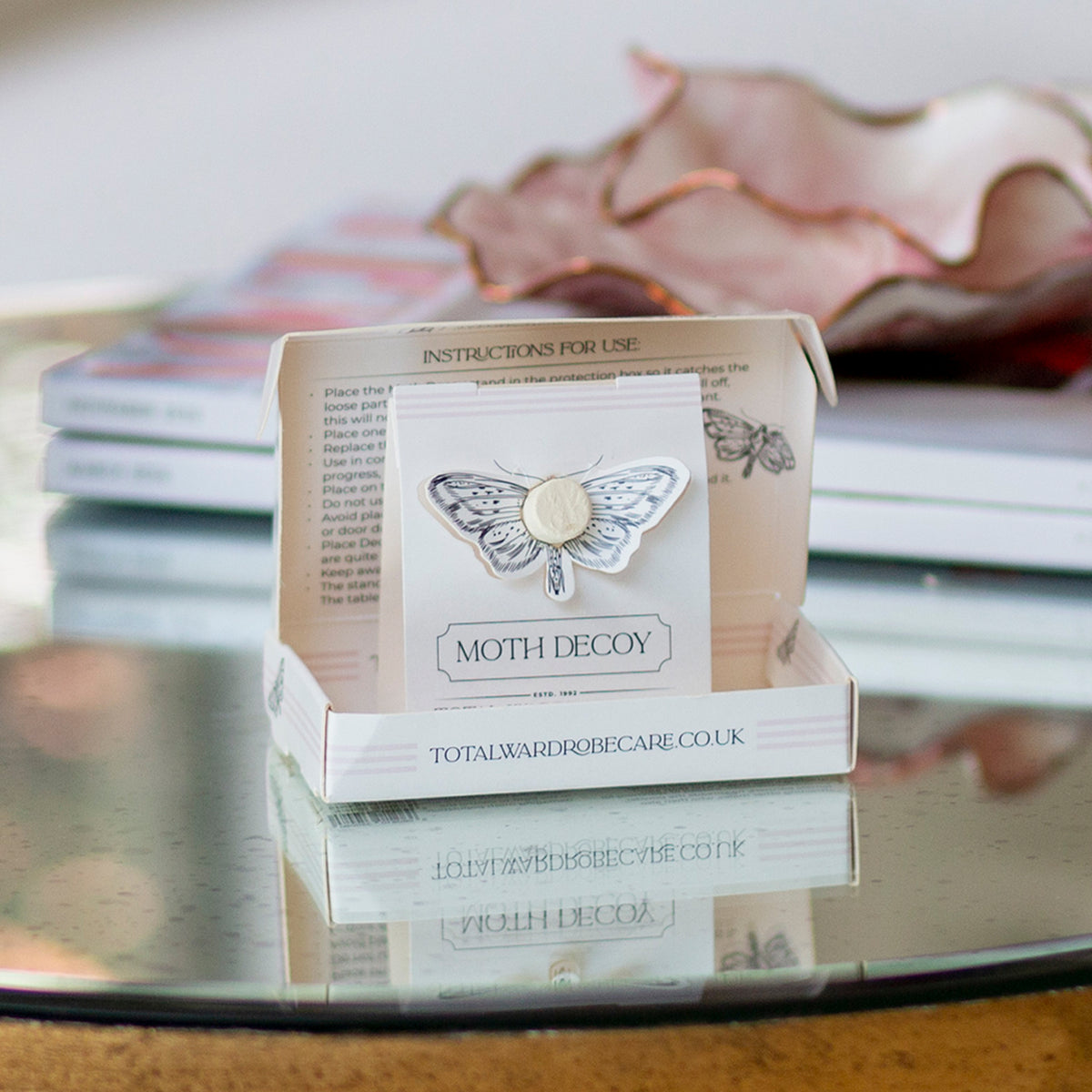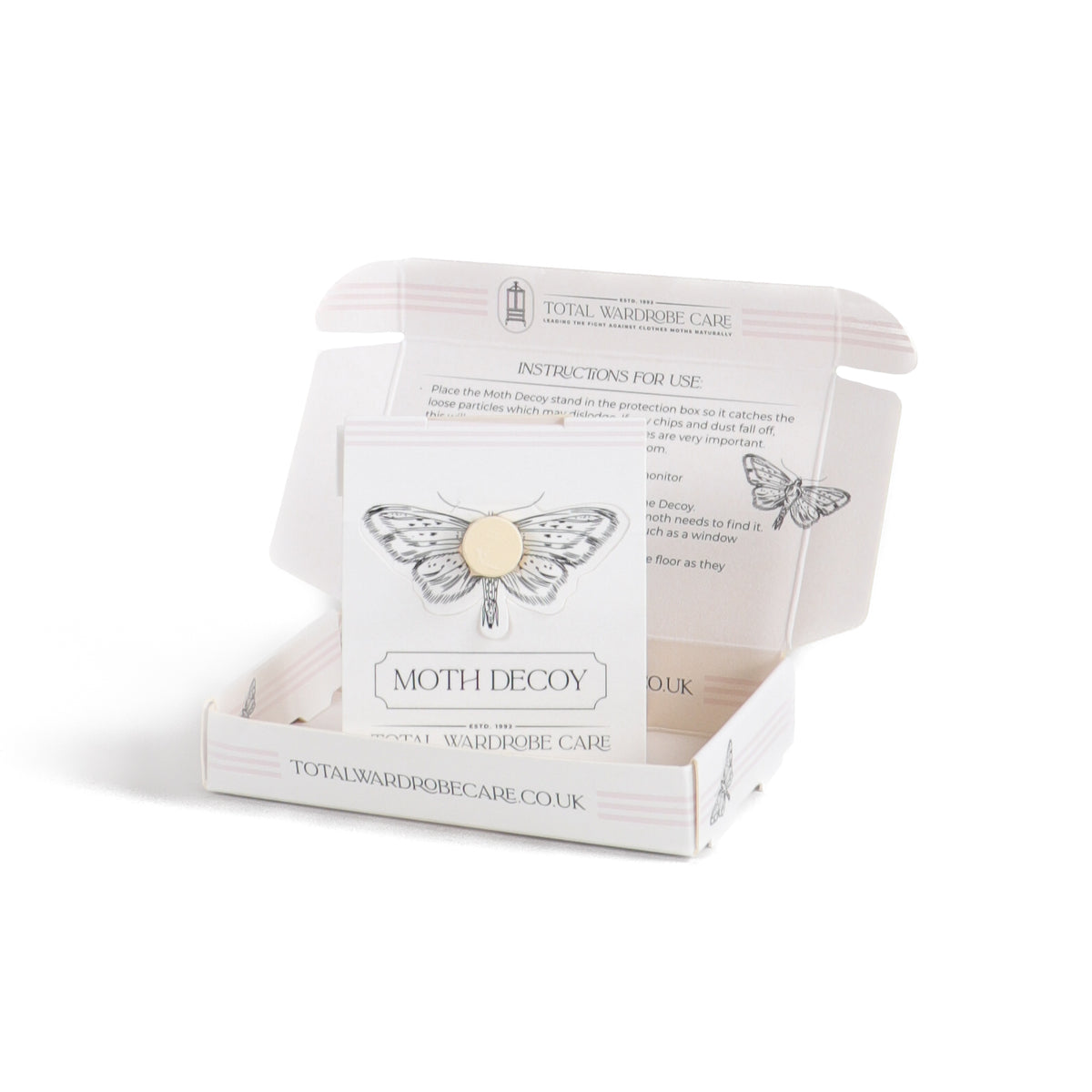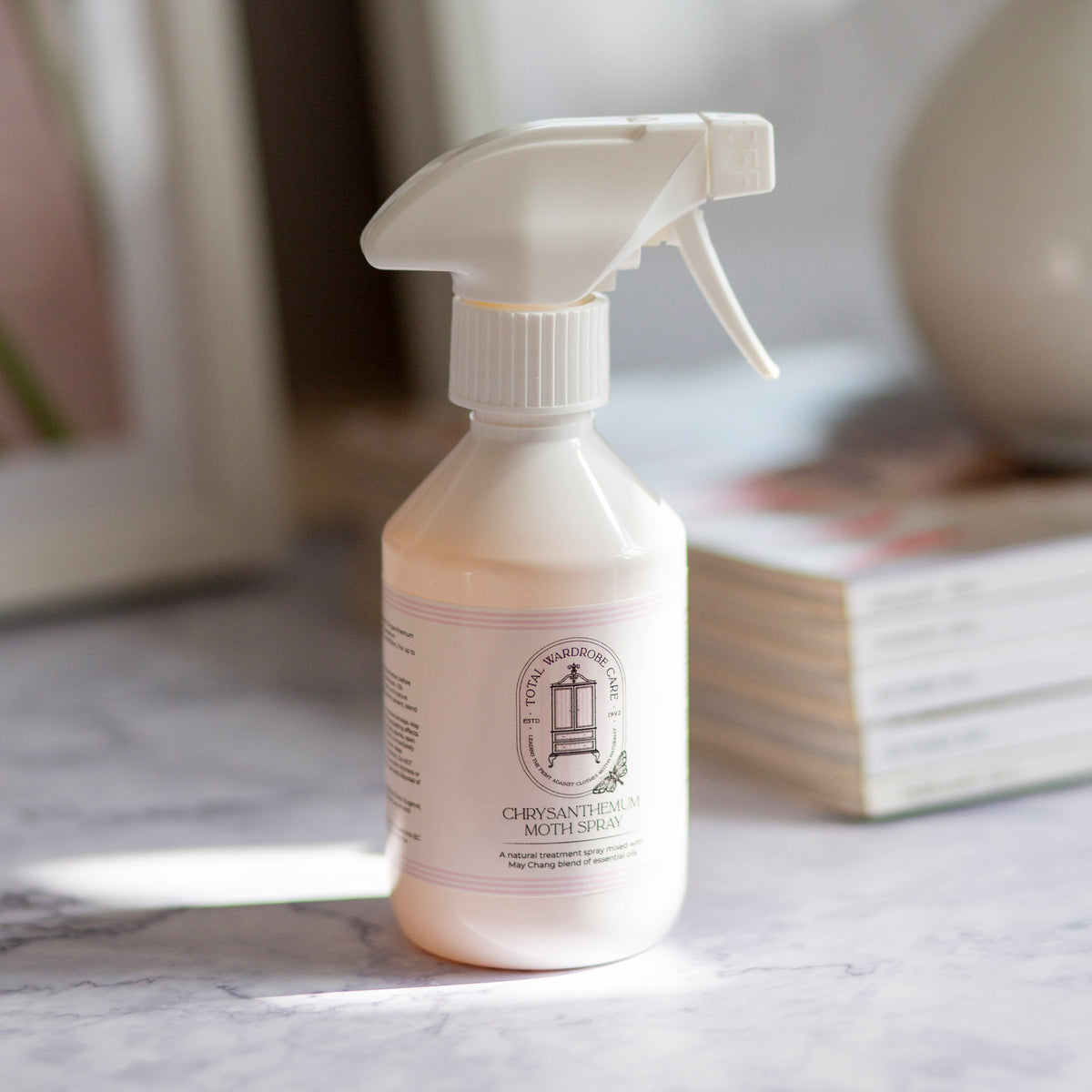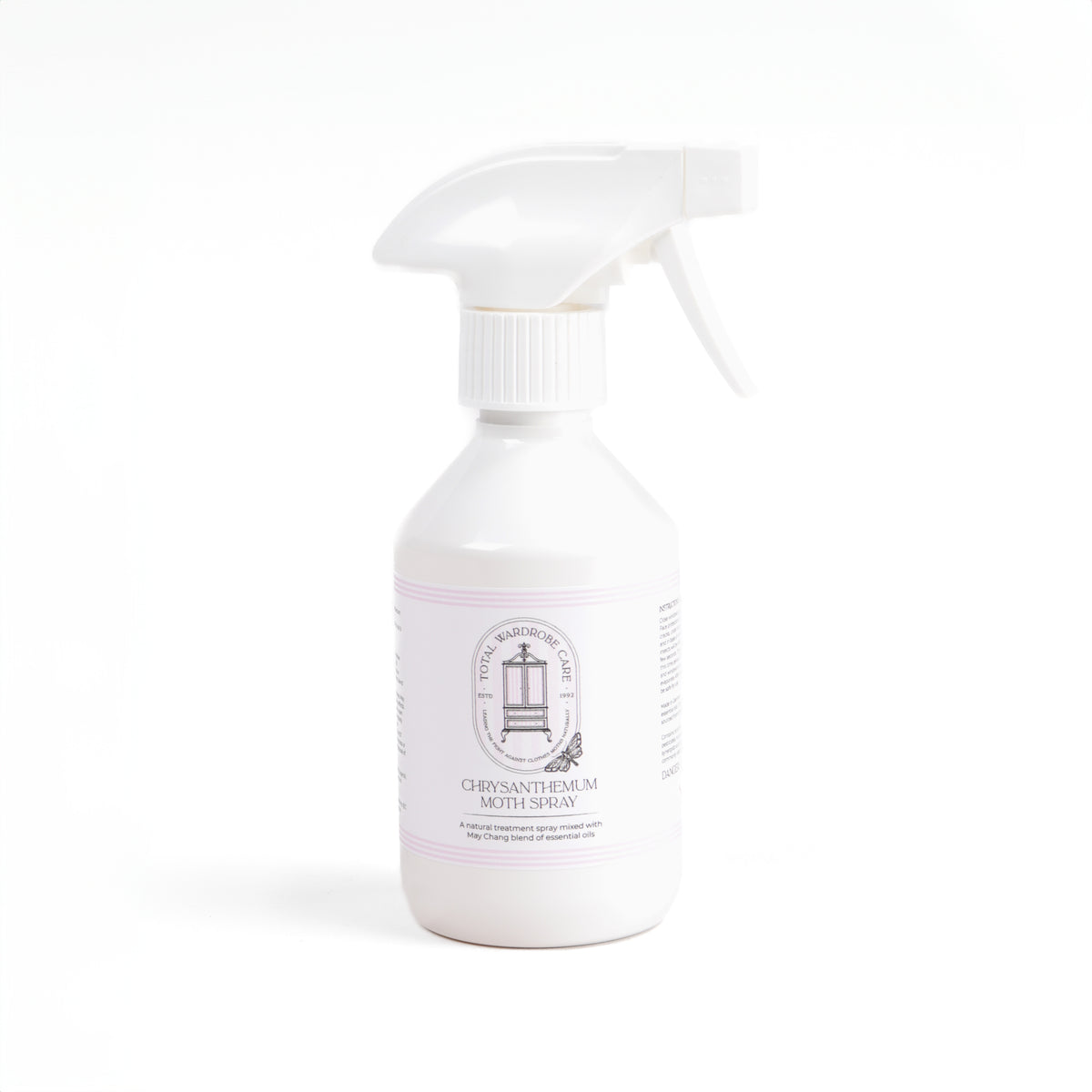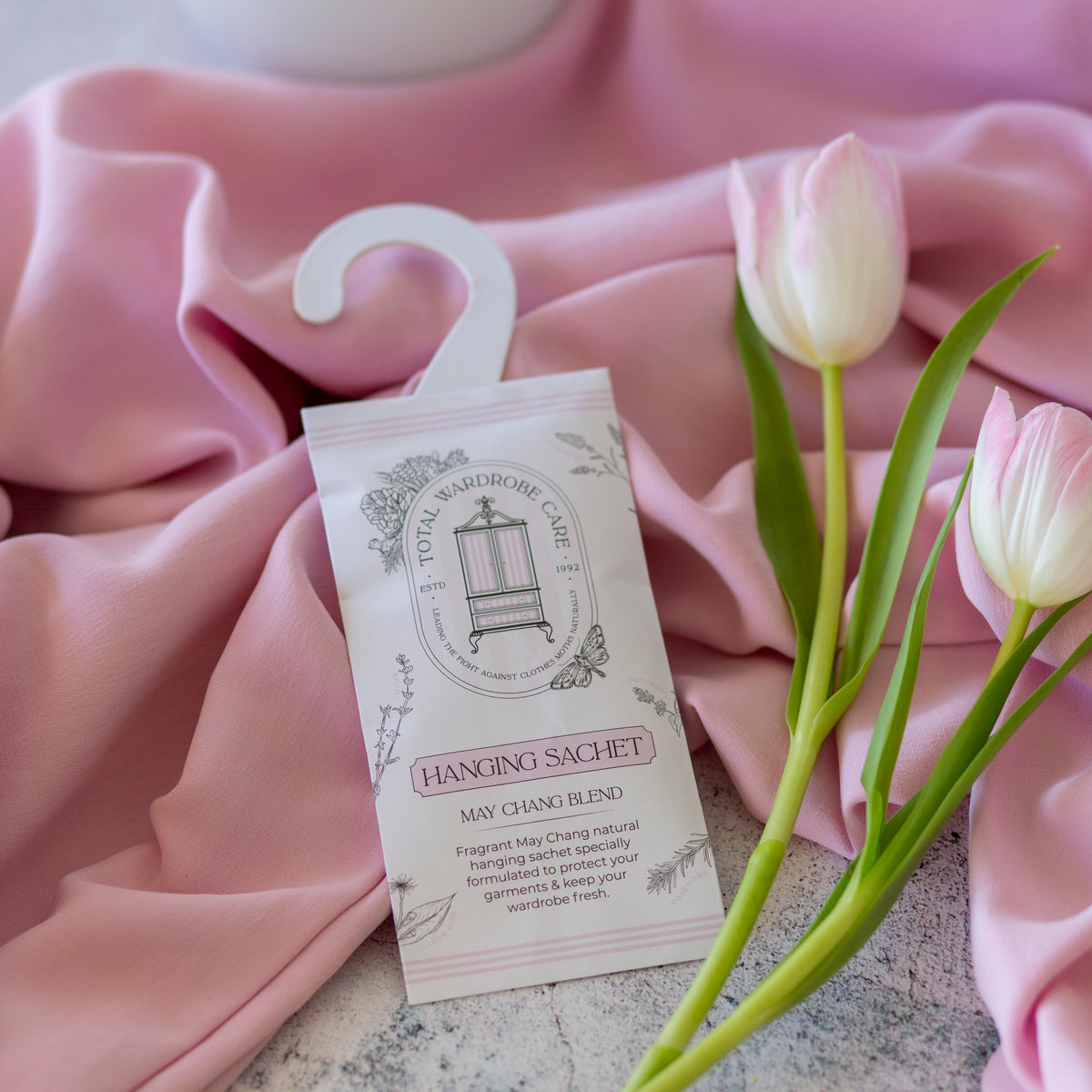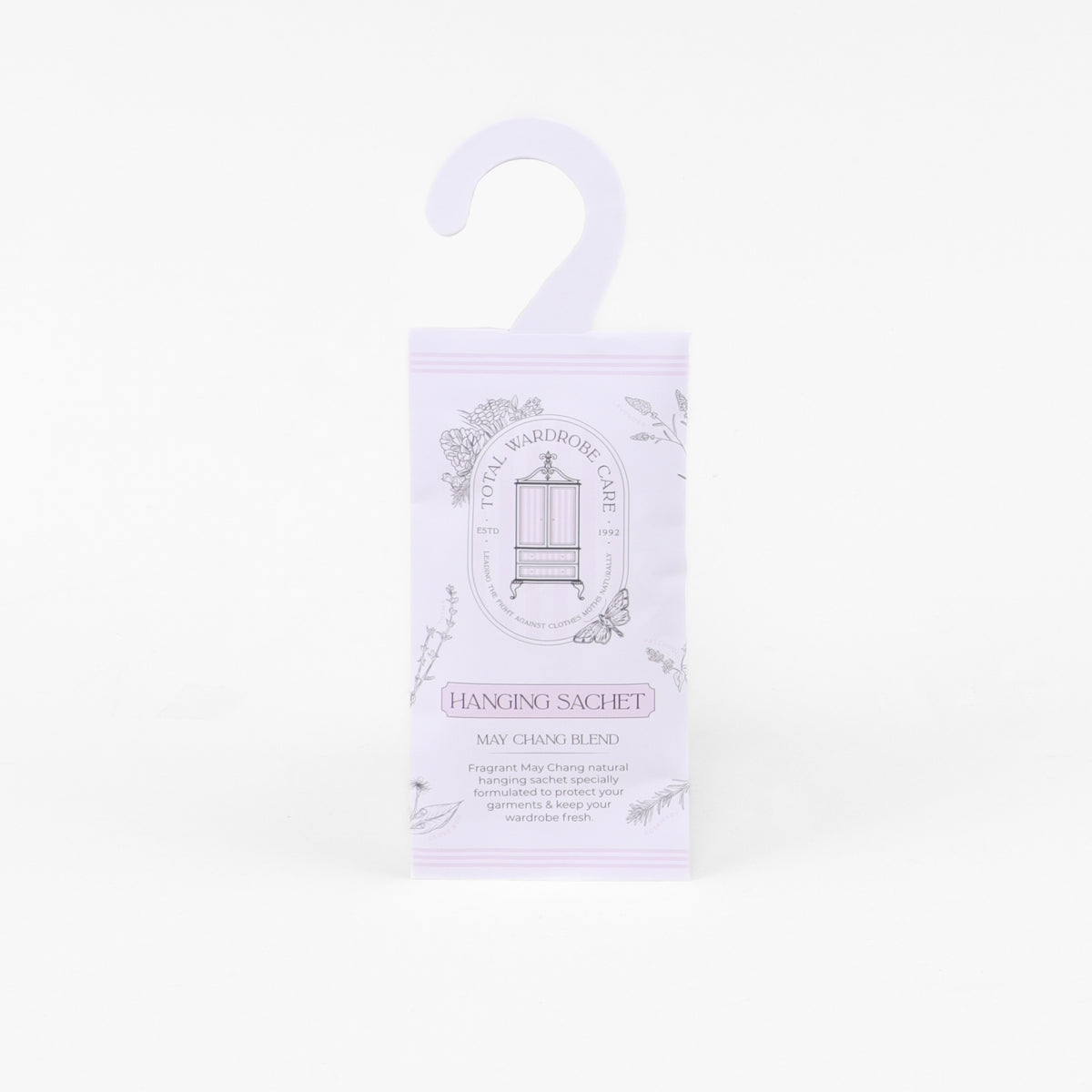We tend to think of essential oils in terms of their therapeutic use. It is common knowledge that lavender acts as a sleep aid, peppermint as an aid to digestion and tea tree as an antiseptic. But the benefits that plant extracts provide are not simply confined to human health and well being.
They are already used in many fields such as pharmaceuticals and nutraceuticals, the food and beverage sector and home cleaning products as well as being well established in cosmetics and fragrances.
INSECT REPELLING LAUREL
One burgeoning sector for essential oils is insect control but plants have always been used by ancient civilisations to keep pests at bay. At Total Wardrobe Care, we use carefully selected essential oils for their insect repelling properties. One of our chosen essentials oils is Laurel, a favourite herb of the ancient Greeks and Romans.
THE HISTORY OF LAUREL

Firstly, lets make sure we are talking about the correct plant. By Laurel, we mean Bay Laurel (Laurel nobilis). An evergreen shrub or tree, the bay laurel is native to the Mediterranean but is also grown in Western Asia, North Africa and America as an ornamental plant and for its aromatic leaves, which are used to add flavour to a wide range of dishes. It should not to be confused with Cherry laurel (Prunus laurocerasus) which is a darker green, waxy leaved plant commonly used for hedging, as this is poisonous.
The ancient Greeks and Romans considered Laurel to be a symbol of success and glory. A wreath of laurel leaves would be presented to victorious military personnel and winners of sporting games. The first part of the word ‘Laure’ is used in English to signify academic achievements such as Nobel Laureate and Poet Laureate.
Today, the Bay laurel is a highly commercial plant due to is abundance of phytochemicals, compounds, minerals and vitamins that are known to be antiseptic and anti-oxidising.
WHAT IS LAUREL ESSENTIAL OIL MADE OF?
Before the invention of synthetic insect repellents and insecticides, natural solutions from plants that could be sourced locally were used. As well as a food flavouring, bay laurel leaves have been used for centuries as a natural insect deterrent in stored dried foods such as dried fruits, beans and grains which attract a range of moths and beetles which feed on and spoil the produce. But what is it in the essential oil of this plant and others that repels insects?
Essential oils contain compounds called terpenes. Terpenes give plants their distinctive fragrance and they play a key role in a plants survival. Some plants use them to attract pollinators, while in others they repel predatory insects or foraging animals. Other terpenes protect the plant as part of its immune system.
Each plant variety contains a wide range of terpenes in varying quantities. Various plants use the same terpenes just in smaller or larger amounts, for example, Limonene is a terpene which gives lemons and oranges their citrusy smell but it is also found in rosemary, chamomile, ginger and turmeric to name just a few.
Essential oils contain mixtures of terpenes, as some feature more than others, they are classed as major or minor components.
More than 150 components have been identified in Laurel essential oil. 1,8 cineole (also known as eucalyptol) is a major component but take note, just because a component is major, it doesn’t always mean it is responsible for the repelling effect. It may be caused by the specific blend of various components.
Other major components in Laurel include, sabinene which gives black pepper its spiciness and linalool, the compound that gives lavender its distinctive aroma. Another major component, alpha-pinene, is what gives pine needles their zingy scent. Alpha-pinine it is also found in rosemary and basil.
HOW WE USE LAUREL IN OUR ANTI-MOTH SCENT
When developing our anti-moth scented product line, we researched essential oils that are traditionally used to repel clothes moths with the aim of creating our signature blends. As well as Laurel, we use May Chang, Vetiver, Lavender, patchouli, Cedarwood, rosemary, clove and thyme.
We wanted to create products which smelled glorious as well as repelled clothes moth so we consulted an expert perfumier situated in the New Forest National Park who created two wonderful fragrances with the essential oils we had researched. Both blends have become top sellers and now feature in a wide range of our anti-moth products.
OUR SIGNATURE BLENDS
Our May Chang Blend has a sweet spicy aroma, it is available as a linen spray to refresh the insides of wardrobes and upholstery, or as drawer and wardrobe sachets which can be placed among folded clothes or hung on a clothes rail. Our Vetiver blend has a bright zesty aroma. It is also available as a linen spray and drawer & wardrobe sachets.
NEED HELP?
If clothes moths are a problem for you why not try our bespoke essential oil blends. For advice on getting rid of clothes moths, please have a peruse of our Blogs or Contact Us for a friendly chat.



